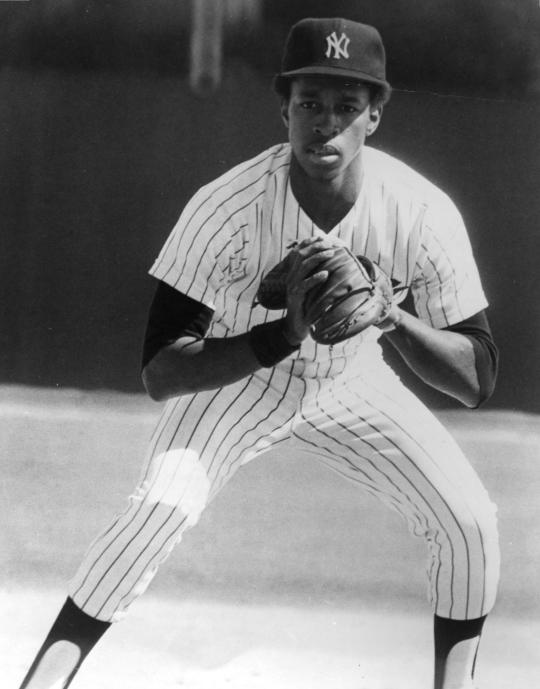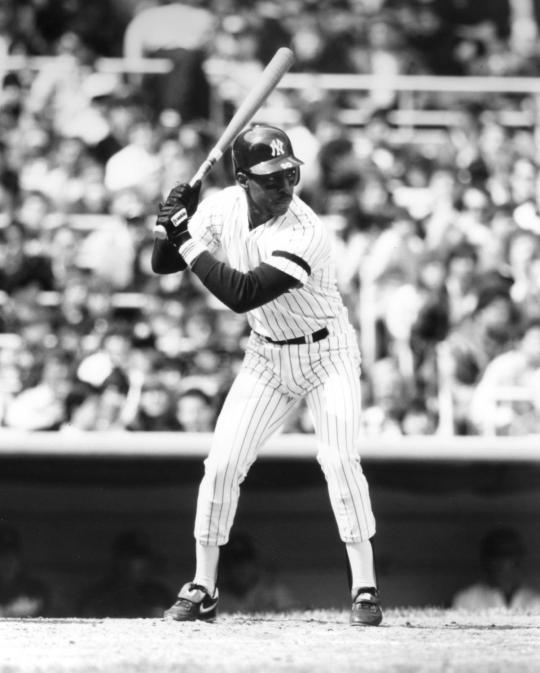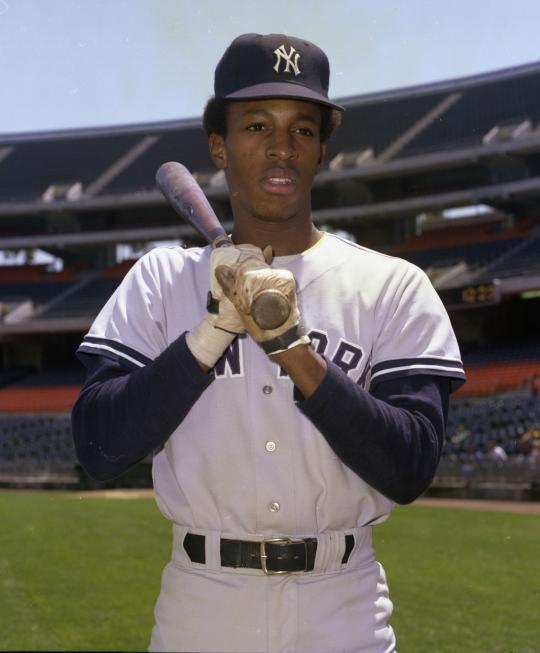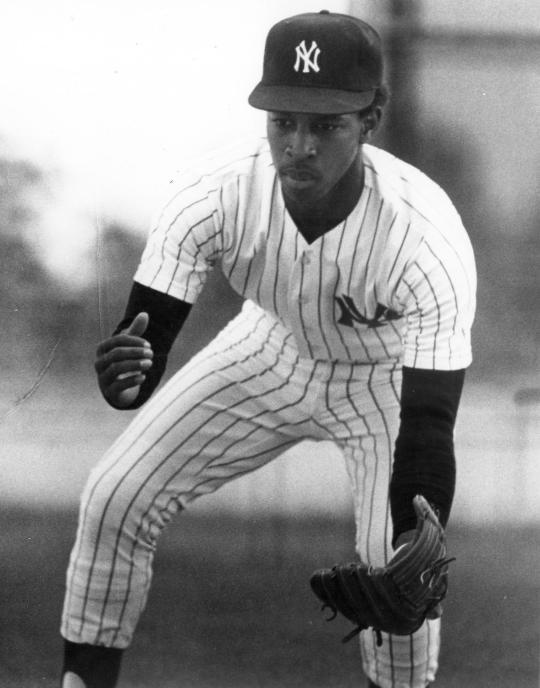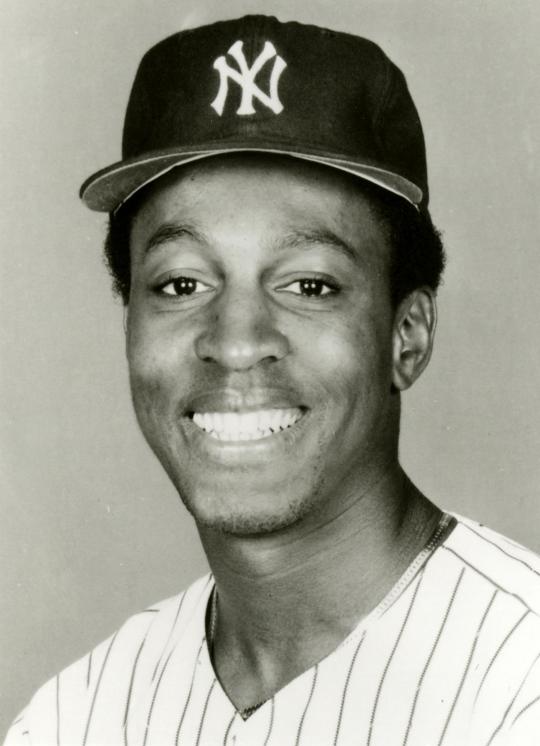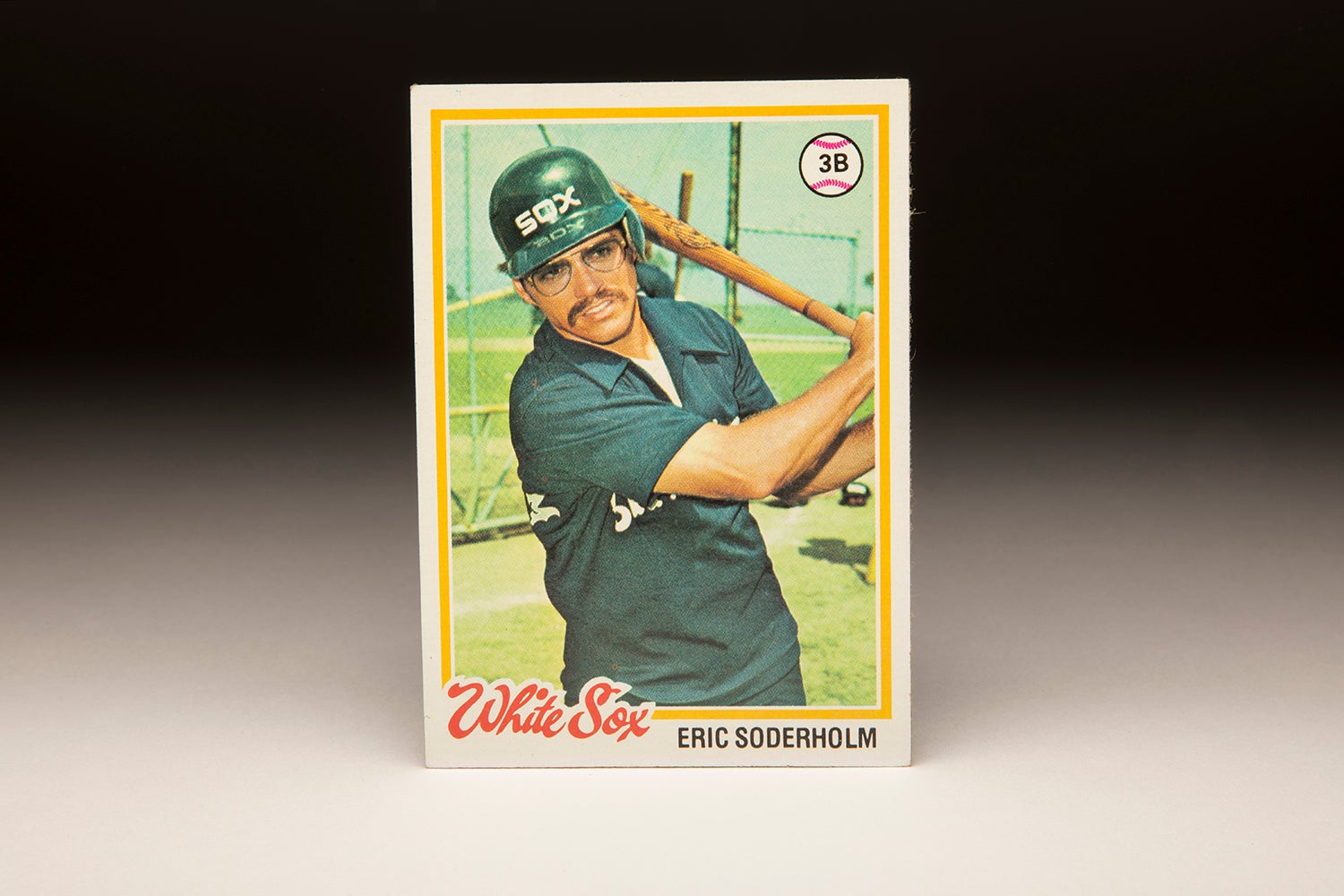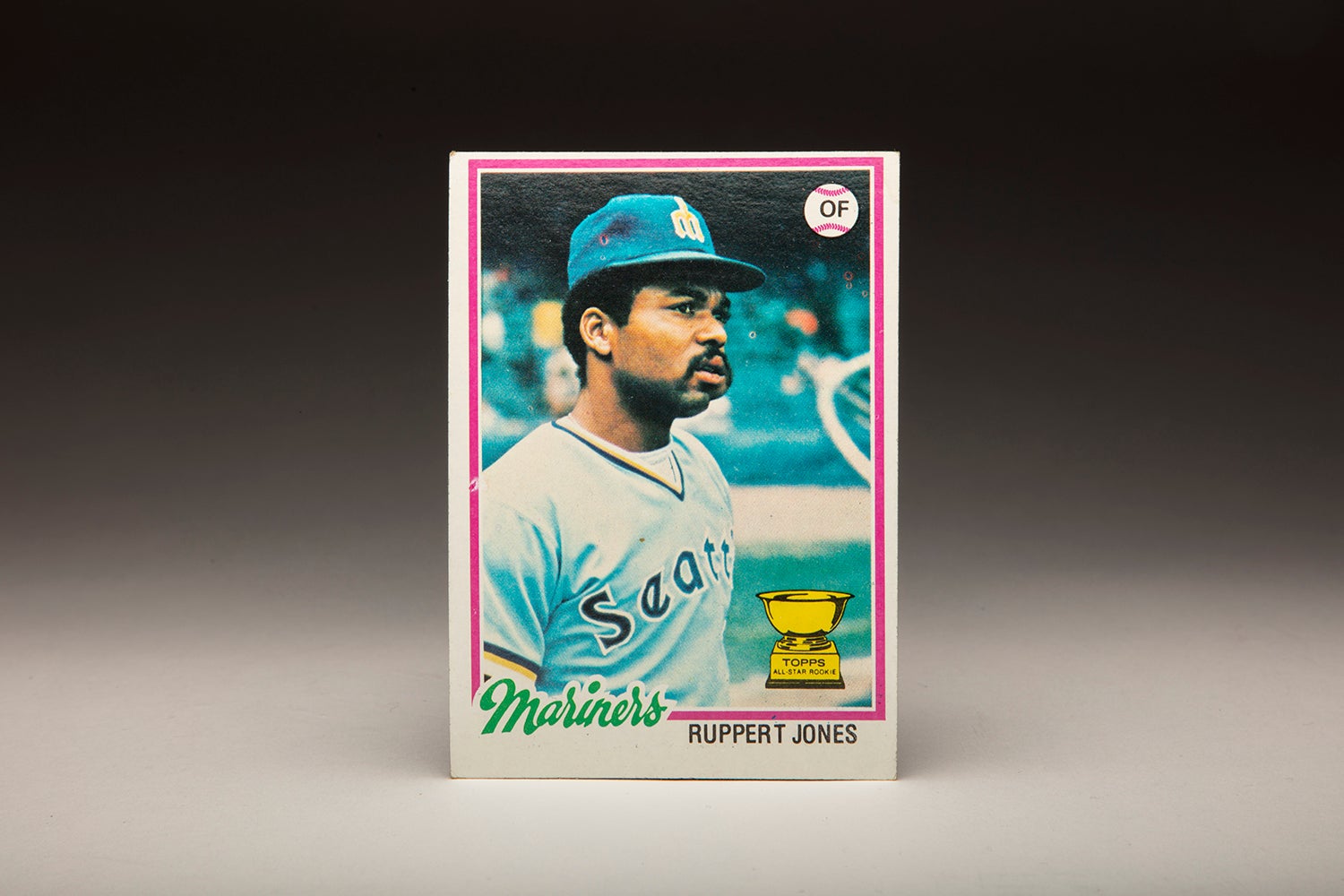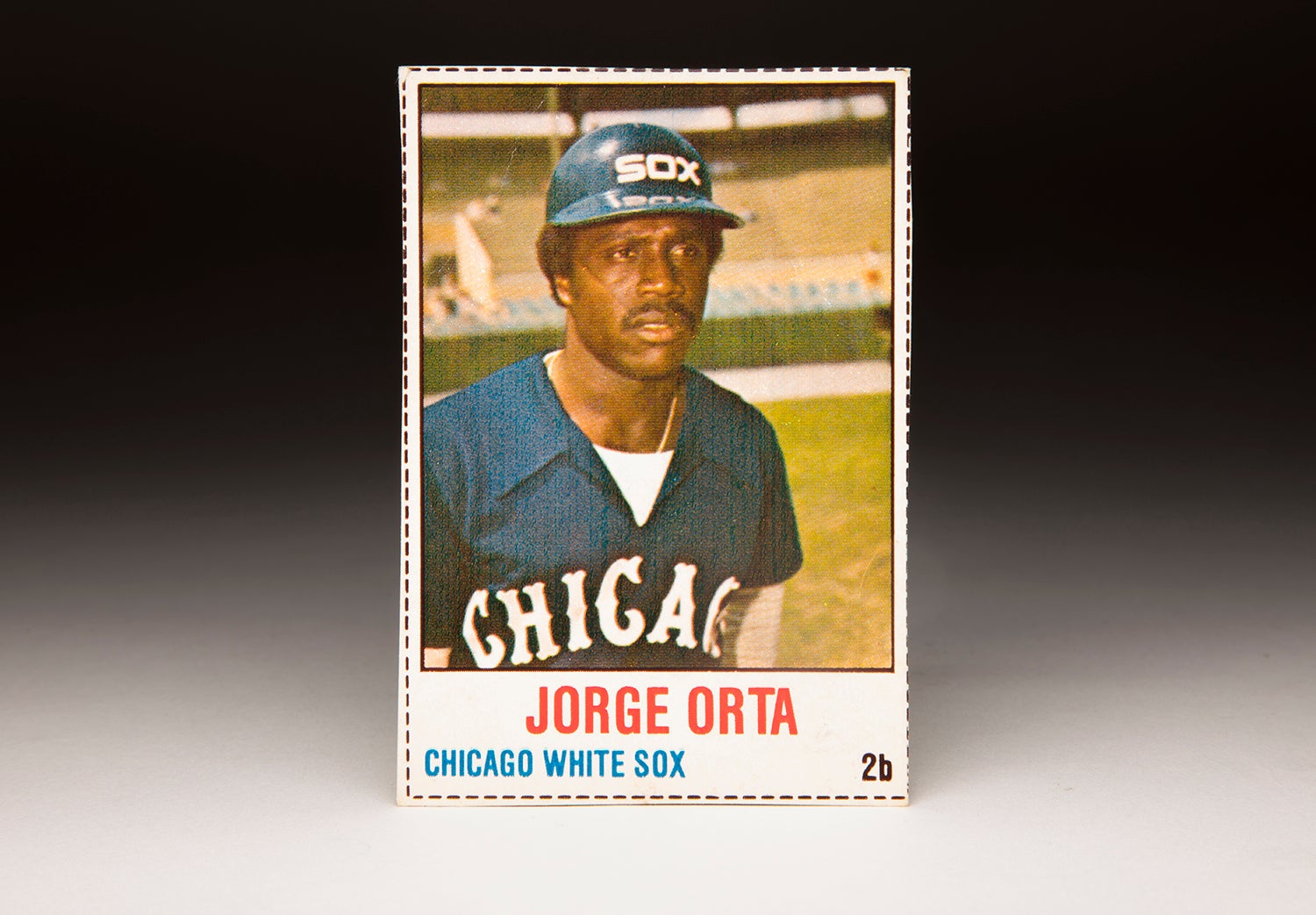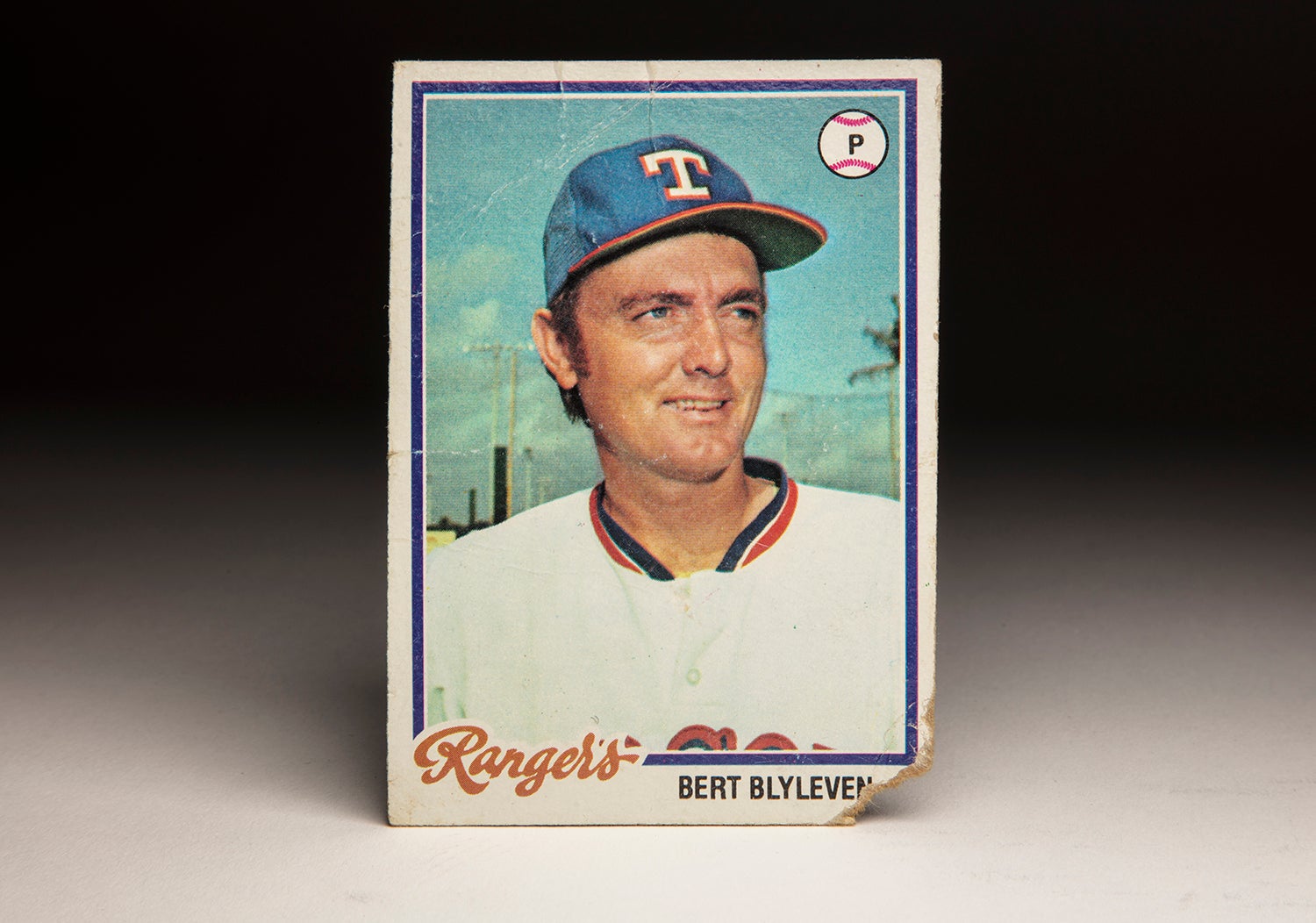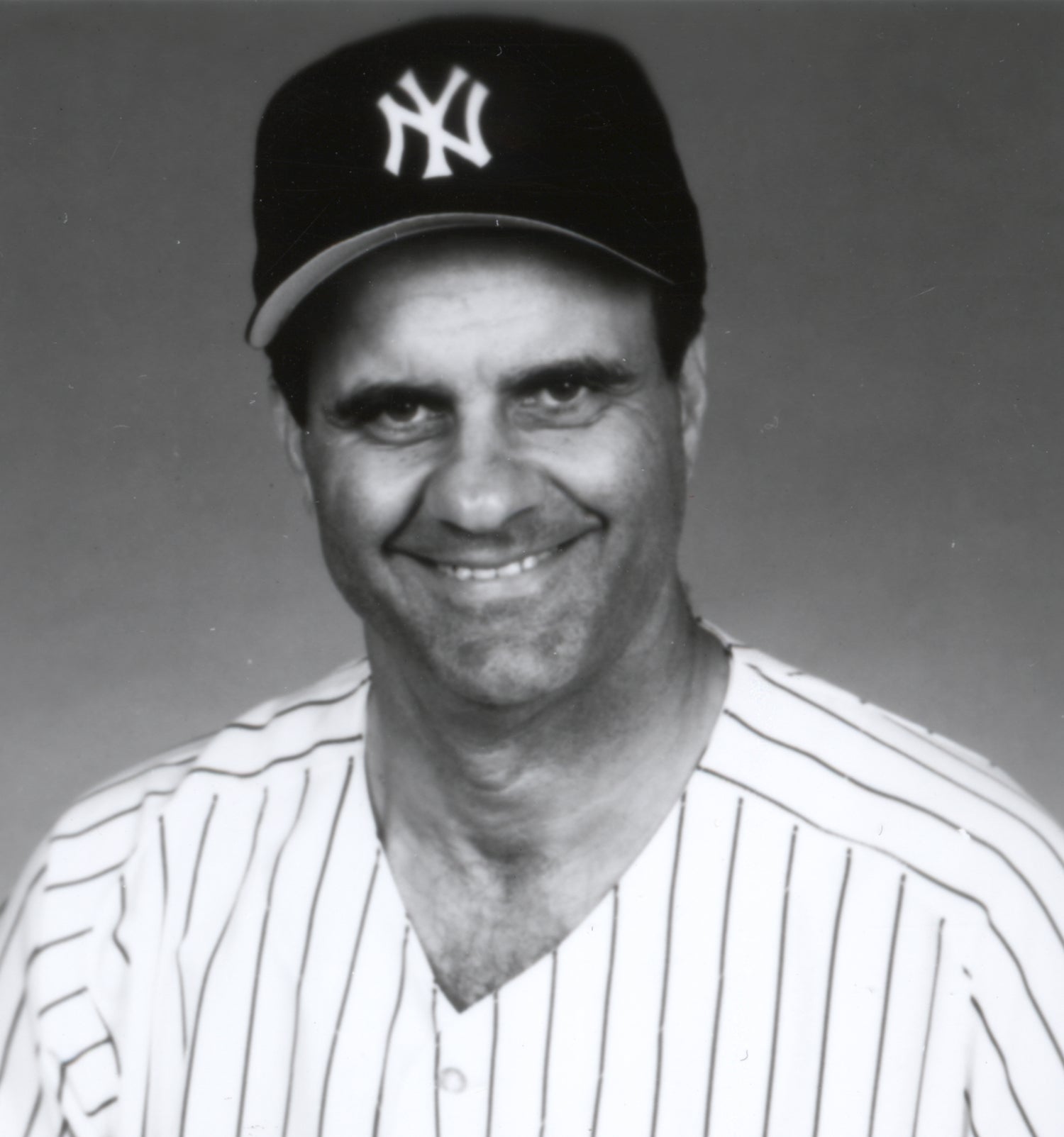- Home
- Our Stories
- #CardCorner: 1978 Topps Willie Randolph
#CardCorner: 1978 Topps Willie Randolph
He joined the Yankees as George Steinbrenner was assembling a dynasty – an unproven infielder included in a deal that featured two former All-Star pitchers and an emerging mound workhorse.
Willie Randolph didn’t figure to be the solution to New York’s longstanding issues at second base. But 13 seasons later, Randolph played in more games at second base than any other Yankee – and had two World Series rings to show for it.
Born July 6, 1954, in Holly Hill, S.C., Randolph’s family moved to Brooklyn soon after his birth and settled in the Brownsville section.
“I learned baseball and right and wrong when I lived in Brooklyn,” Randolph told the Record of Hackensack, N.J., in the spring of 1980. “Those are the most important things I had to learn.
“There was a lot of temptation where I lived. I saw some bad people… but my parents showed me right, and all I had to do was make a choice. I knew what I wanted, though. It was an easy choice.”
By all accounts, Randolph was focused on playing in the big leagues at a young age. A tireless stickball player, he starred on the baseball diamond at Tilden High School as a shortstop and catcher and was taken in the seventh round of the 1972 MLB Draft by the Pirates.
“Strong arm, good running speed,” said a scouting report in 1972. “Seldom strikes out. Slap hitter with no power. Sure hands. Very good desire.”
Randolph hit .317 with Pittsburgh’s Gulf Coast League team in 1972, then moved to the Charleston Pirates of the Western Carolinas League a year later, where he hit .280 with 90 walks, 43 steals and 93 runs scored in 121 games.
He was sent to Double-A Thetford Mines in the Pirates’ well-stocked minor league system in 1974, hitting .254 but drawing 110 walks, stealing 38 bases and scoring 103 runs in 135 games against Eastern League pitchers that were vastly more experienced than he was.
“I went away to the minors as soon as I got out of Tilden High School,” Randolph told The New York Times in 1977. “You grow up quickly in baseball.”
Randolph, who married his high school sweetheart before he turned 21, was promoted to Triple-A in 1975, hitting an International League-best .339 in 91 games with the Charlestown Charlies. The Pirates, who already had a young, athletic second baseman in Rennie Stennett, brought Randolph to Pittsburgh in July.
“I remember Spring Training in 1975,” Yankees coach Dick Hower told The New York Times in 1977. “Stennett was hurt, and Willie was playing second base. I was coaching third base, and the Pirates’ third baseman then, Richie Hebner, told me: ‘Stennett better hurry up and get well or this kid will have his job.’
“Willie was a complete player even then.”
Randolph helped the Pirates win the National League East title in 1975, hitting .164 off the bench in 30 games and even appearing in two games in the NLCS vs. the Reds. But on Dec. 11, 1975, the Pirates packaged Randolph with pitchers Ken Brett and Dock Ellis in a deal that brought pitcher Doc Medich from the Yankees.
Medich, a Pittsburgh native, had averaged 16 wins and 262 innings a season for New York from 1973-75. But after one season in Pittsburgh, the Pirates dealt Medich to Oakland on March 15, 1977. Over the final nine seasons of his career, Medich had only one campaign with at least 200 innings pitched.
Randolph, meanwhile, won the Yankees’ starting job at second base in 1976, pushing veteran Sandy Alomar Sr. to the bench. Randolph was hitting .318 as late as June 3 before a slump dropped his average below .270. He hurt his knee in early July and missed two weeks of action, but returned to help the Yankees win their first American League East title.
Randolph finished the season with a .267 batting average and .356 on-base percentage to go with 37 stolen bases and 59 runs scored and was named to the AL All-Star team.
Randolph struggled in the postseason, hitting a combined .097 in the ALCS and World Series – his bothersome knee would require surgery following the season – as the Yankees won their first pennant since 1964 but were swept by Cincinnati in the Fall Classic. But with their chronic second base situation now in good hands, the Yankees could address other issues in pursuit of a World Championship.
When Reggie Jackson signed as a free agent following the 1976 season, the pieces were in place for an incredible – and volatile – 1977.
With many of his Yankees teammate feuding throughout the 1977 campaign, Randolph – at age 23 – became a stabilizing force. He hit .274 with 28 doubles, 64 walks and 91 runs scored as the Yankees pulled away from the rest of the division to win the AL East. This time, Randolph was ready for the bright lights of the postseason – driving in the go-ahead run with a sacrifice fly in the ninth inning of the deciding Game 5 of the ALCS vs. the Royals, then homering and doubling in Game 1 of the World Series against the Dodgers while scoring the winning run in a 4-3, 12-inning victory.
The home run was Randolph’s first since July and tied the game at 2.
“All year I’ve been in the background, so this feels great,” Randolph told the Associated Press.
The Yankees won the World Series in six games, and Randolph was widely viewed as an essential piece of the puzzle.
“I don’t think Willie or very many other people realize how important he is to this club,” Yankees manager Billy Martin told the News of Paterson, N.J., in Spring Training of 1978 as New York was preparing to defend its World Series crown. “Everyone talks about Thurman (Munson) or Reggie or (Graig) Nettles and they sometimes forget about Willie. He helps hold this team together.”
Randolph put up similar numbers to his first two full seasons in 1978, batting .279 with a .381 on-base percentage, 36 steals and 87 runs scored. But he suffered a groin injury just before the postseason started and did not play at all in October, watching as substitute second baseman Brian Doyle assumed a hero’s role in New York’s second straight World Series win.
Randolph began the 1979 season determined to shed a “fragile” label that was associated with him. He played in a career-high 153 games that year, hitting .270 with 95 walks, 13 triples, 98 runs scored, 61 RBI and 33 steals to go along with AL-best totals in putouts (355) and assists (478) for second basemen.
But the Yankees fell to fourth place amid the loss of Munson in a plane crash in August as Randolph played on a non-division winner for the first time in his big league career.
The Yankees had already gone through two managerial changes in Randolph’s four seasons, as Martin was replaced by Bob Lemon during the 1978 campaign before Martin took over for Lemon during the 1979 season.
Randolph – unlike some of his other teammates – had few problems with Martin.
“Billy was my first manager, and he was to me the ultimate leader, a warrior as a manager,” Randolph told the Journal News of White Plains, N.Y. “It was us against the world with Billy.”
But Randolph worked hard at staying out of the limelight that often engulfed his teammates.
“Willie is liked,” Reggie Jackson told the Record in the spring of 1980. “But I don’t think he’s popular.”
In 1980, the Yankees returned to the top of the AL East as Randolph solidified himself as the team’s leadoff hitter, batting .294 with a league-high 119 walks, a .427 on-base percentage, 30 steals and 99 runs scored while earning a Silver Slugger Award. But the Yankees were swept by the Royals in the ALCS despite Randolph’s .385 batting average.
New York returned to the World Series in the strike-shortened 1981 season, as Randolph was named to his fourth All-Star Game in six seasons despite hitting just .232. In the World Series against the Dodgers, Randolph posted a .464 on-base percentage on the strength of nine walks – the most ever at the time for a player in a non-seven game World Series – and even homered twice. But New York lost in six games.
Randolph and the Yankees had advanced to the postseason in five of his six seasons with the team. He would remain New York’s second baseman for the next season years, but the Yankees would not win another division title during Randolph’s playing days with the team.
As Steinbrenner searched for winning combinations throughout the 1980s, Randolph remained one of the few constants. He played in at least 141 games a season every year from 1982-86 save 1983, when he missed virtually the entire month of July with a hamstring injury that limited him to 104 games.
His seasons were remarkably consistent throughout this time, as he averaged .280 with a .377 on-base percentage and 79 walks and runs scored every year from 1982-86. In 1986, Randolph was named co-captain with Ron Guidry, becoming the 12th player to hold the title as Yankee captain.
“He makes a lot of plays big leaguers cannot make,” Yankees general manager Gene Michael told the Hartford Courant in 1988.
Then in 1987 – with power numbers up across the board in MLB – Randolph hit .305 with a career-best 67 RBI and a .411 on-base percentage, earning his fifth All-Star Game selection.
But when he slumped to .230 in 1988, the Yankees allowed him to leave after an arbitrator declared Randolph a “new look” free agent following a collusion ruling.
Randolph signed a two-year, $1.75 million deal with the Dodgers on Dec. 10, 1988. Two weeks before, Dodgers second baseman Steve Sax signed a free agent deal with the Yankees.
Now 34, Randolph hit .282 for the defending World Series champion Dodgers with 71 walks, earning his fifth All-Star Game selection. Then in 1990, the Athletics – looking for a second baseman with a better bat than incumbent Mike Gallego – acquired Randolph in a deal for outfielder Stan Javier. Randolph would hit .257 in 93 games with Oakland, helping the A’s win their third straight AL West title before they fell to the Reds in the World Series.
Randolph hit a combined .304 over eight games in the ALCS and Fall Classic. It would be the final of 47 postseason games where he would appear.
Randolph signed with the Brewers as a non-roster player in 1991 and made the club in Spring Training, then proceeded to dazzle everyone with a .327 batting average, .427 on-base percentage, 75 walks and 54 RBI over 124 games.
He signed a one-year, $850,000 contract with the Mets on Dec. 20, 1991 – and hit .252 in 90 games in his last season as a big leaguer in 1992.
Following his retirement as a player, Randolph became an assistant general manager for the Yankees under Gene Michael in 1993 before signing on as the team’s third base coach the following year. Randolph held that position through the 2003 season, helping New York win four World Series titles from 1996-2000.
Randolph became manager Joe Torre’s bench coach in 2004, a job he held for one season before he was hired as Mets’ manager on Nov. 4, 2004. It was the end of a long journey that saw Randolph interview for 11 big league positions before landing a managerial job.
When he was hired as the first Black manager of a big league team in New York City, Randolph paid tribute to pioneers like Cool Papa Bell, Josh Gibson and Jackie Robinson who made it possible.
“If it wasn’t for those warriors, those forefathers, guys who really played the game with passion and had a love for the game, I wouldn’t be here,” Randolph, who grew up a Mets fan, told the Journal News. “So I just want to glorify them by going out and doing a good job.
“As a New Yorker, a Brooklyn boy, as a kid who grew up in Brownsville playing stickball and punchball and playing out in Prospect Park, this is a dream come true for me.”
Randolph led the Mets to 83 wins in 2005 and then guided New York to 97 victories and a berth in the NLCS vs. the Cardinals in 2006. With Game 7 tied at 1 entering the ninth inning, St. Louis took a 3-1 lead on a Yadier Molina two-run homer off Aaron Heilmann.
In the bottom of the ninth, the Mets loaded the bases with two outs off Adam Wainwright before the Cardinals’ right-hander struck out Carlos Beltrán looking to end the game and the series.
Following the season, Randolph finished second in the National League Manager of the Year balloting, a handful of votes behind winner Joe Girardi of the Marlins.
The Mets won 88 games and finished second in 2007, but ended the season on a down note after relinquishing a seven-game lead to the Phillies with 17 games remaining. And then with the Mets at 34-35 on June 16, 2008, general manager Omar Minaya dismissed Randolph.
“I was stunned,” Randolph told Gannett News Service. “This is a very difficult time.”
Randolph accepted a job as the Brewers’ bench coach in 2009-10, then coached with the Orioles in 2011.
In 2015, the Yankees dedicated a plaque in Monument Park to Randolph.
In 18 seasons as a player, Randolph hit .275 with 2,210 hits, 1,243 walks, 1,239 runs scored and a .373 on-base percentage. His career WAR of 65.9 ranks in the Top 100 all-time.
“I remember when I was a young player, Willie Stargell talked to me,” Randolph told the Record when he became a Yankees coach in 1994. “So did Billy Martin and his coaches when I was with the Yankees. So did Thurman Munson and Roy White.
“It’s important that the game is passed on.”
Craig Muder is the director of communications for the National Baseball Hall of Fame and Museum



